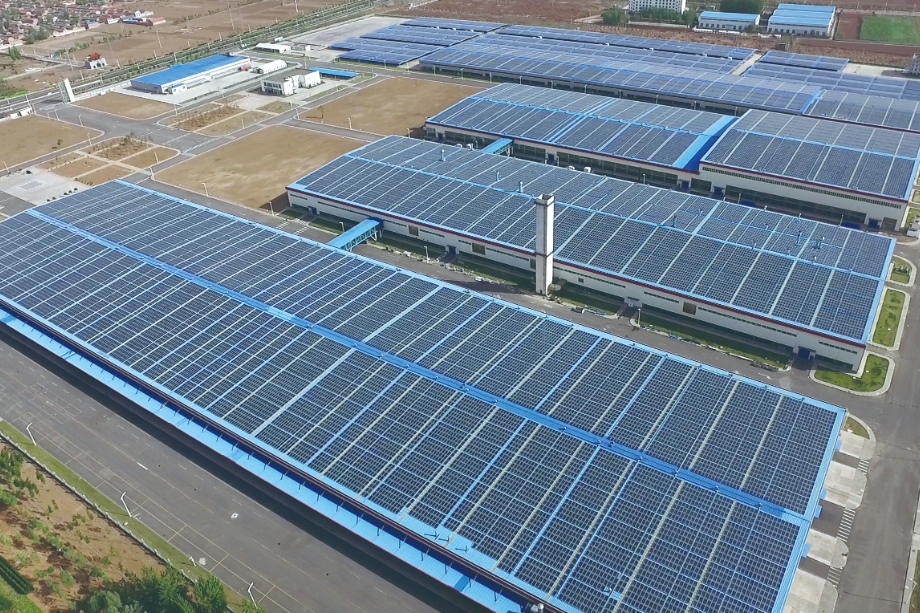Government Incentives for Installing Solar Panels in Malaysia, Türkiye, Singapore, India, and Thailand
In Malaysia, you can snag cash rebates up to RM4,000 for residential solar setups and enjoy tax breaks like the Green Investment Tax Allowance (GITA) to offset costs. Singapore is all-in on solar too, with programs like SolarNova pushing rooftop installations and S$35 billion in green bonds funding clean energy projects. Over in Thailand, tax holidays and feed-in tariffs sweeten the deal for businesses and homeowners.
While Türkiye’s specifics aren’t detailed here, many countries in the region use net metering or feed-in tariffs to reward solar users—so stay tuned for updates! And India? They’re offering hefty subsidies to hit their renewable goals, though local policies vary.

Malaysia: Tax Allowances and Financing Schemes
Malaysia offers substantial financial support to boost solar energy. Let’s explore the key programs helping homes and businesses go solar.
Green Investment Tax Allowance (GITA)
Owners of solar panels can claim a tax allowance under GITA. This covers 70% of their taxable income. It’s perfect for cutting costs while investing in green tech.
Green Income Tax Exemption (GITE)
Solar service providers and system owners get tax exemptions here. This means more savings for companies helping others adopt solar energy.
Green Technology Financing Scheme (GTFS 2.0)
GTFS 2.0 gives 60% government-backed loans for green projects. You also get a 2% discount on interest rates. But foreign firms must partner with local owners (51% Malaysian-owned).
Cross-Border Energy Exchange (Enegem)
Malaysia is testing renewable energy exports with a 100MW pilot project to Singapore. If successful, this could create bigger opportunities for solar investors.
Customs Duty Exemptions
Importing solar equipment? Malaysia waives customs duties for gear not made locally. This reduces costs for high-quality foreign products.
Türkiye: Feed-in Tariffs and Net Metering
Türkiye is embracing solar energy with policies that reward users for generating clean power. Let’s look at how feed-in tariffs and net metering could work here, based on trends in solar-friendly regions.
Feed-in Tariffs
Many countries use feed-in tariffs (FiTs) to boost solar adoption. If Türkiye follows this model, homeowners and businesses could earn fixed payments for excess energy they send to the grid. These rates are often locked in for years, making solar investments predictable and profitable.
Net Metering
Net metering lets you offset your electricity bills by selling unused solar power back to the grid. For example, if your panels produce more energy than you need, the extra kilowatts could lower your monthly costs. This setup is popular worldwide and could be a key incentive in Türkiye too.
Singapore: Green Bonds and Enterprise Support
Singapore is leading the solar charge with smart funding and business-friendly programs. Let me break down how their incentives make going solar easy and rewarding.
S$35 Billion Green Bonds
Singapore plans to raise S$35 billion (US$26bn) by 2030 through green bonds. This money funds solar projects on public buildings, roads, and more—helping the whole city go green.
Enterprise Sustainability Programme
Small businesses get a boost with S$180 million in grants. This helps SMEs buy solar panels or upgrade to energy-saving equipment, cutting costs while saving the planet.
SolarNova Programme
Rooftop solar is everywhere here! The SolarNova Programme pushes installations on public housing (HDB flats) and government sites. More panels mean cheaper, cleaner energy for everyone.
Enhanced Tax Deductions
Businesses investing in solar or energy-efficient gear can claim extra tax breaks. Think of it like a discount for doing good—less tax, more savings.
Green Finance Hub
Singapore wants to be Asia’s go-to spot for green money. Banks and investors here focus on solar projects, making it easier to fund your renewable energy goals.
India: Subsidies and Large-Scale Solar Programs
India provides some of the most generous solar subsidies, with installed capacity at 89.4 GW (as of August 2024). Here are the major schemes:
● PM Surya Ghar Muft Bijli Yojana: It offers a 60 percent subsidy on systems with a capacity of up to 2 kW and 40 percent on systems between 2-3 kW, with selected households in the state getting the service free of cost.
● Grid-Connected Rooftop Solar Programme: Provides for 40% CFA (Central Financial Assistance) for systems below 3 kW and 20% for 3-10 kW.
● PM-KUSUM Scheme: Provides subsidy of 30-50% on solar pumps for farmers.
● Production Linked Incentive (PLI) Scheme: Promotes domestic solar manufacturing through ₹24,000 crore (US$3.2bn) in incentives. [/li]
India now backs residential solar with generation-based incentives and capital subsidies under its Delhi Solar Policy 2023.
Thailand: Tax Holidays & Feed-in Tariffs
Some of the current favored programs from Thailand’s Board of Investment (BOI) include:
● Corporate tax exemptions for renewable energy projects of up to 8 years
● Import duty waivers on solar machinery and raw materials.
● Feed-in Tariff (FiT) scheme: This ensures fixed electricity rates for 25-year power purchase agreements (PPAs).
● Permission to own land for foreign investors in renewable projects.
But there are foreign shareholding limits under the FiT scheme that may limit international participation.
Conclusion: Why go solar now?
Government subsidies are making solar panel installation easier and more lucrative than ever. Through tax breaks (Malaysia, Thailand), subsidies (India), or green financing (Singapore), these policies lower the initial costs and facilitate energy independence.
For the best reliable information on earning as much as you can with solar panels much visit us Luansolar to help you out with these incentives and going clean energy!
Want a more granular breakdown for one specific country? Let us know in the comments!

















